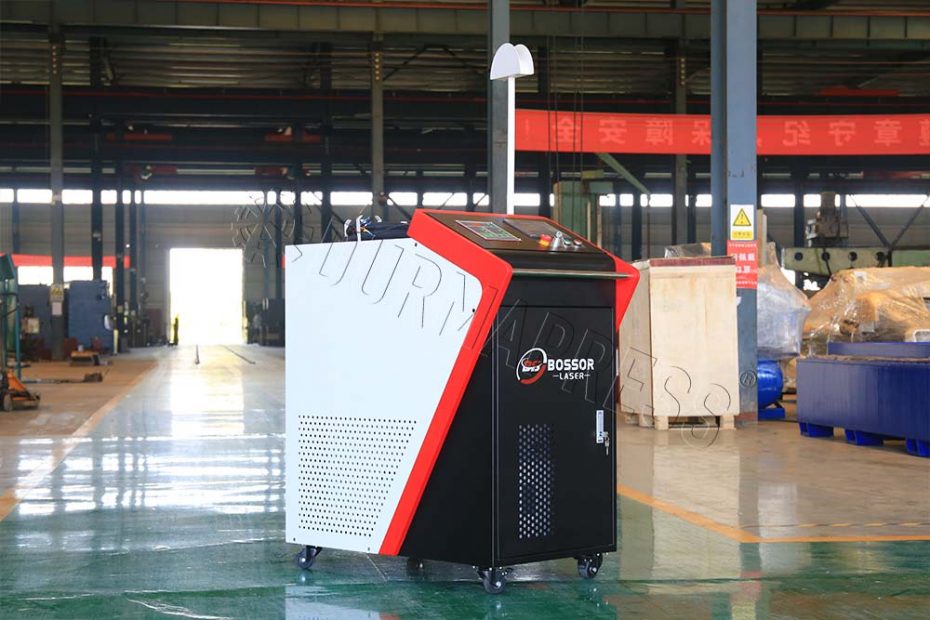The principle of laser surface cleaning:
The process of pulsed Nd:YAG laser cleaning depends on the characteristics of the optical pulse generated by the laser, based on the optical physical reaction caused by the interaction between high intensity optical vibration, short pulsed laser and pollution layer. Its physical principles can be summarized as follows:
A The beam emitted by the laser is absorbed by the layer of contamination on the surface to be treated.
B The absorption of large energy forms a rapidly expanding plasma (highly ionized unstable gas), producing a shock wave.
C Shock waves break contaminants into pieces and remove them.
D The optical pulse width must be short enough to avoid heat buildup that would damage the treated surface.
E experiments show that when there are oxides on the metal surface, the plasma is generated on the metal surface.
Plasmas are produced only if the energy density is above the threshold, which depends on the layer of contamination or oxide being removed.
This threshold effect is important for effective cleaning while ensuring the safety of the substrate material.
There is a second threshold for the presence of plasma.
If the energy density exceeds this threshold, the substrate material will be destroyed.
In order to carry out effective cleaning on the premise of ensuring the safety of the substrate material, the laser parameters must be adjusted according to the situation so that the energy density of the light pulse is strictly between the two thresholds.
Each laser pulse removes a layer of pollution of a certain thickness. If the fouling layer is thick, multiple pulses are needed for cleaning.
The number of pulses required to clean a surface depends on the degree of surface contamination.
An important result of the two thresholds is the self-control of cleaning. Light pulses whose energy density is higher than the first threshold will remove contaminants until they reach the substrate.
However, because its energy density is below the destruction threshold of the substrate material, the substrate is not damaged.

